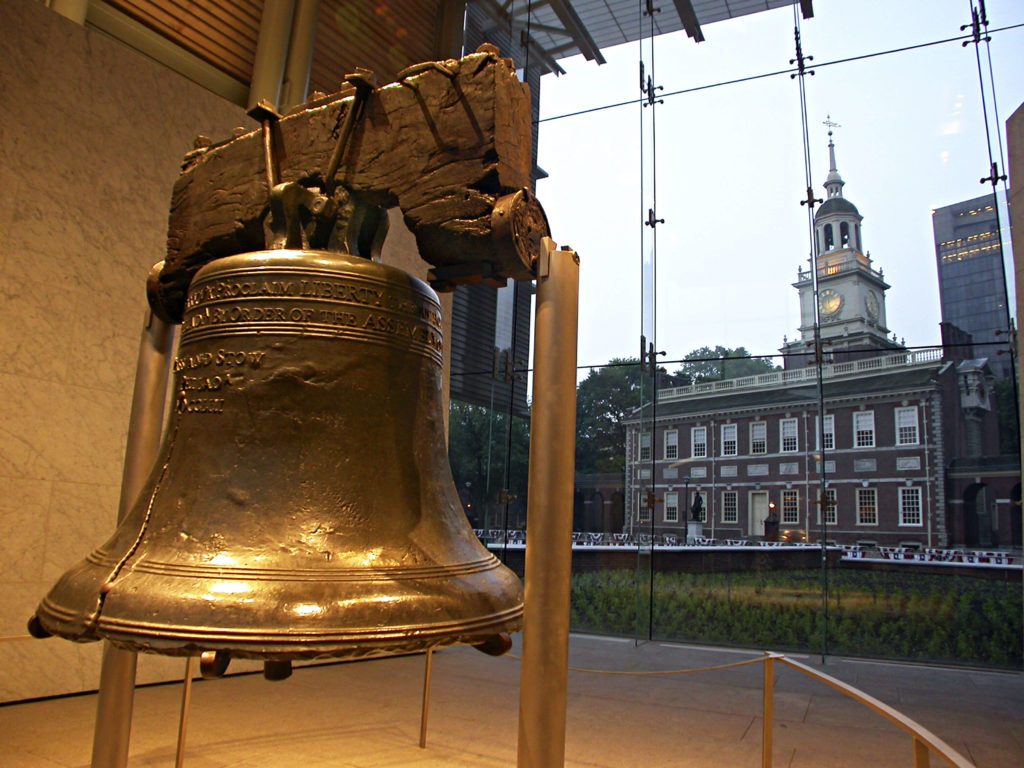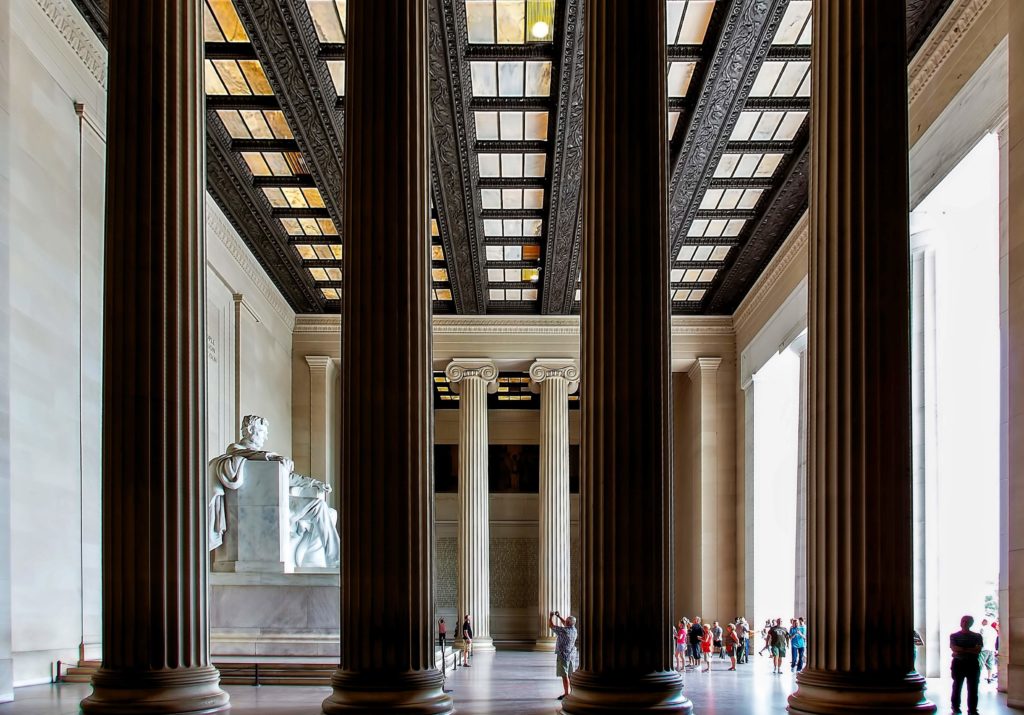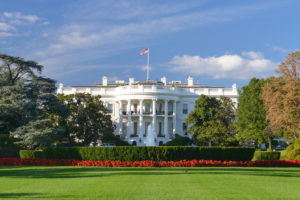There are a countless number of educational opportunities available across the United States. From walking the Freedom Trail in Boston to visiting all the monuments and museums in Washington D.C., the United States is full of history! Learn more about some of the possibilities three of the top rated tours in the nation have to offer.
Boston, Massachusetts
Often referred to as the “Cradle of Liberty” due to its role in instigating the American Revolution, Boston is a city jam-packed with fascinating history and rich culture. Originally established by Puritans as a refuge from religious persecution in Europe, Boston was consistently a hot spot for unrest. Most notably, the Boston Tea Party and various boycotts and uprisings during the Revolutionary period took place in Boston.
Today, the city is known for its slew of prestigious colleges and vibrant art and music scene. Due to the plethora of historic landmarks, students will not soon forget the giant outdoor museum that is Boston.
Begin your exploration of Boston with a visit to Plimoth Plantation, a recreation of a 17th-century English village where the first Pilgrims would have lived. Role players will act as citizens of the Plymouth colony and educate students through storytelling and tours. For groups looking to gain more insight into the American Revolution, take a walking tour on the Freedom Trail, a three-mile trail that traces the events leading up to the War of Independence. Students can stroll through the Old South Meeting House – the site of the Boston Massacre – the Paul Revere House and the Bunker Hill Monument before eating lunch in the Boston Common, the oldest park in the nation.
Next, tour the Boston Tea Party Ships and Museum for a living history presentation that will ignite students’ imaginations. Samuel Adams and the Sons of Liberty will guide your student group through a reenactment of the Boston Tea Party town meeting and give them the opportunity to destroy British tea at Griffin’s Wharf as the revolutionaries once did. Expand students’ knowledge of the anti-slavery movement in Boston by touring the Black Heritage Trail and walking through the Museum of African-American History. Boston was the first state in the U.S. to record no slaves and is home to the African Meeting House on Beacon Hill, where many major abolitionist speeches were given.

Philadelphia, Pennsylvania
Besides being the home of the famed Philly cheesesteak, Philadelphia is regarded as the birthplace of American democracy. Originally founded as a place of religious tolerance, it was recognized as the largest and most significant city during the American Revolution and even served as the unofficial capital of the U.S. throughout the War of Independence.
Philadelphia is a city of firsts, boasting America’s first daily newspaper, hospital, medical school and zoo. From the iconic hoagies (sub sandwiches) and the plentiful public art to the slew of historic locations and artifacts, Philadelphia will make a lasting impression on all student groups.
Students can visualize Revolutionary America after touring Independence National Historical Park. The park displays the cracked Liberty Bell and allows travel groups to walk through Independence Hall – the location where both the Declaration of Independence and the U.S. Constitution were signed. The park also includes exhibits such as Benjamin Franklin Museum, Congress Hall and the residence of first president George Washington. In addition, students can explore the former home of Betsy Ross, who supposedly stitched the first American flag.
After learning about the early politics of America, students can check out the progression of the money creation process at the United States Mint. Tour groups can observe the coining method above the factory floor as well as the first coining press; they can even say hello to Peter, the resident bald eagle. Although food isn’t allowed in any of the historical buildings, students may picnic in the park or eat in the cafeteria provided for school groups in the National Constitution Center.

Washington, D.C.
All American students should experience the center of it all – the U.S. capital, the political hub of the nation – Washington D.C. Schools all over the country schedule a trip to D.C. to experience the home base of all three branches of government and explore the many museums. Students will not only feel more connected to their studies but also to their country after seeing firsthand where the President of the United States lives and the buildings where some of the largest and most consequential national decisions are made.
Washington D.C. lends itself to student travel due to its abundance of tour programs and impressive number of landmarks and attractions. Most must-see sites are on the National Mall, a national park that spans from the Lincoln Memorial to the United States Capitol building. Request a staff-led tour at the U.S. Capitol to learn all about congressional meetings and procedures and allow time for your students to gape at the immensity of the marble immortalization of President Lincoln at the Lincoln Memorial. Also on the National Mall are Smithsonian museums such as the National Museum of American History and the National Air and Space Museum.
Encourage students to apply their knowledge of American politics while touring major government buildings such as the White House, Supreme Court building, and Library of Congress. Expose students to more serious events and themes by attending the solemn Changing of the Guard ceremony at Arlington National Cemetery and paying respects at the Vietnam Veterans Memorial and United States Holocaust Memorial Museum. Lighten the mood at the Newseum and the Spy Museum, two attractions that combine educational exhibits with interactive activities that all students will love.




